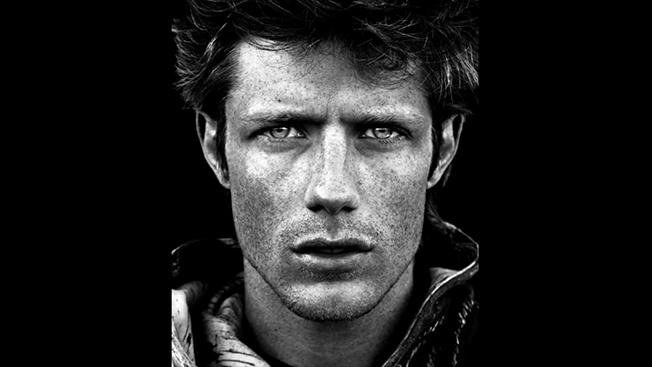Jeep’s “Portraits” and Why Mobile Is Meaning More
Amid the multitude of commercials aired during this year’s Super Bowl, there was one that stood boldly out from the rest. Jeep chose to be daring in its delivery with regards to both content and format. Its video, “Portraits,” separated itself from the conventional humor of Super Bowl ads by focusing on the ethos of the brand. The simple format of the commercial (a compilation of black and white photos with a voiceover) left the focus on the people, their eyes and the stories they told.
The other radical and quite surprising aspect of “Portraits” was the fact that it was a vertical ad, using only one-third of the available screen space. It was a pretty daring and possibly costly decision for the brand, which paid 10 million dollars for its 60-second spot, to air such a format when over 100 million viewers were watching the game on horizontal screens. However, with Super Bowl mania over, “Portraits” is being hailed as one of the more memorable and poignant ads of that night.

Jeep’s vertical ad is more than a touching ode to the brand and an attempt to affect consumers. It is also a signal of fundamental changes in the advertising industry, namely the move from television to mobile. Although Sean Reynolds, Global Executive Creative Director at Iris (the agency that created the ad), told Adweek that “the content just called for that approach—and it happened to look great on mobile,” the vertical format is both smart and profitable. More and more people are watching ads on their smartphones, and brands are catching on and distributing their dollars accordingly. According to Adweek, TV will account for 37.3 percent of ad dollars spent this year, while mobile will account for 21.6 percent.
Along with mobile, advertisers are also spending their dollars on social media and online video, pointing to a broader move to digital platforms. Traditional media is in a somewhat precarious state, while digital is climbing without pause. The New York Times reports that “digital ad spending will grow 17.2 percent this year, to nearly $160 billion, and 13.5 percent in 2016, and is expected to overtake TV as the biggest advertising category by the end of 2017.”
https://www.youtube.com/watch?v=wKn5K5V7tRo
With stats such as these and digital’s unremitted climb, Jeep’s move to create a television ad that performed optimally on mobile proves to be a very smart and forward-thinking action.